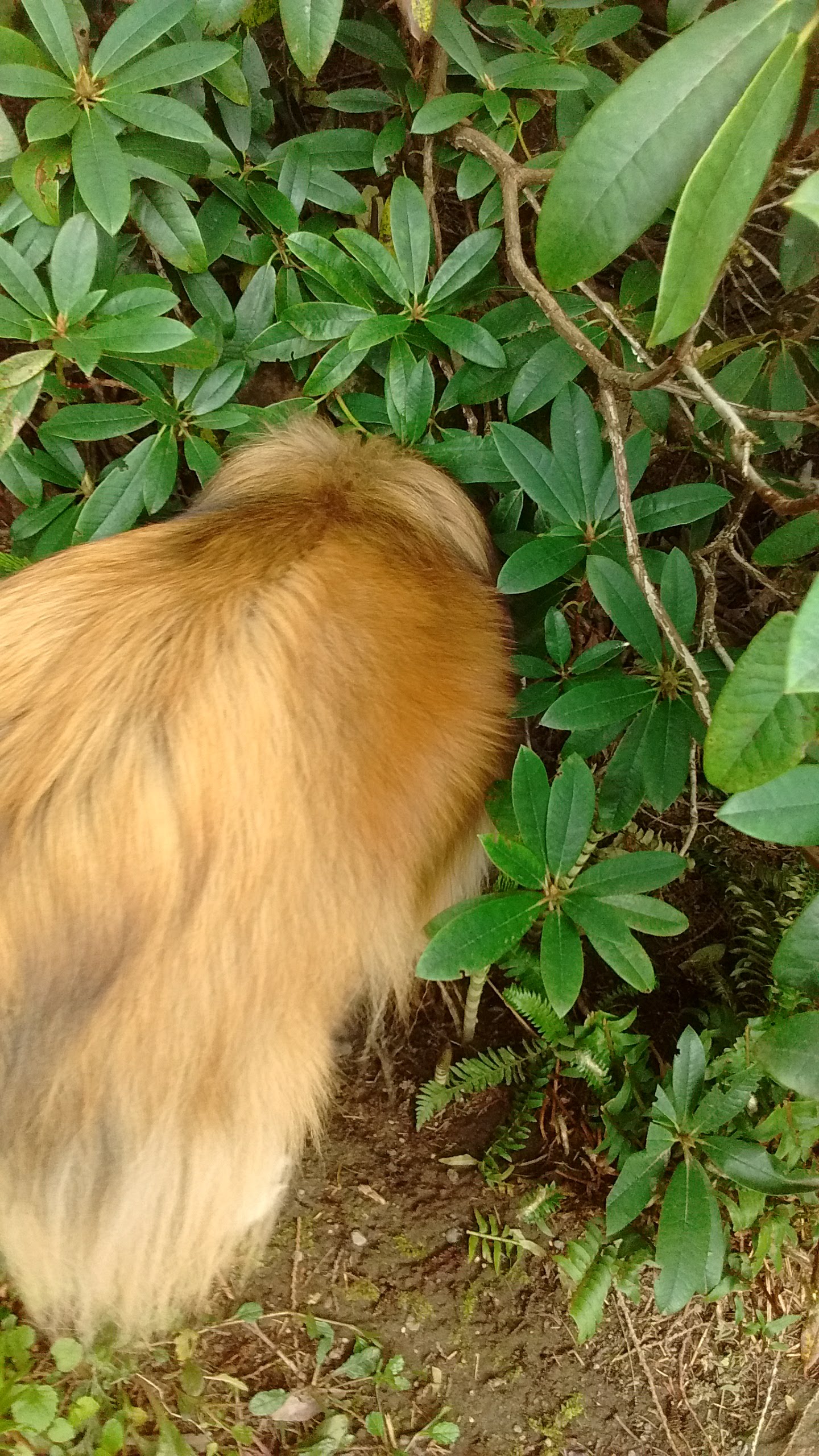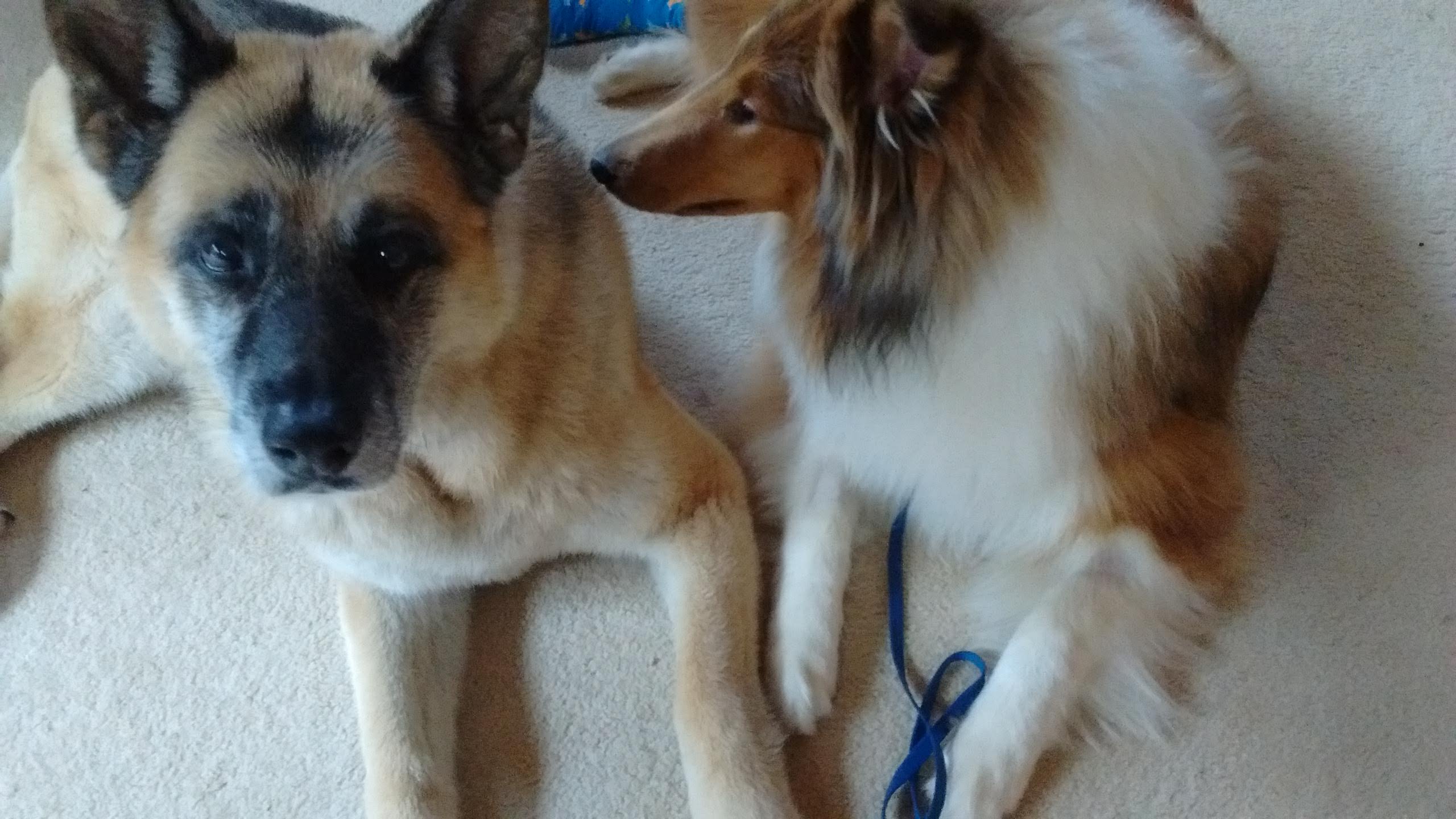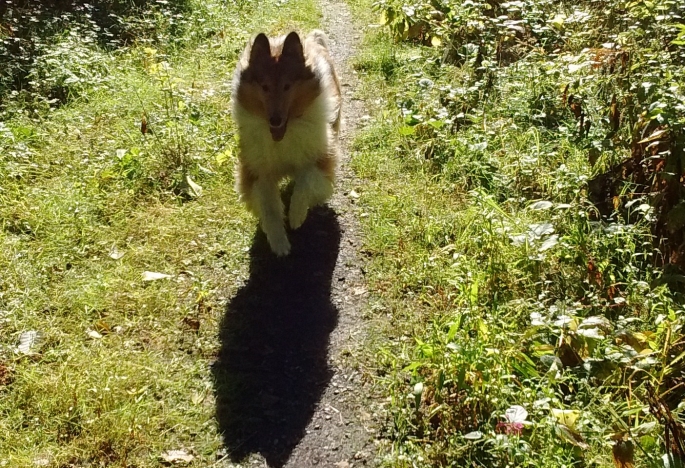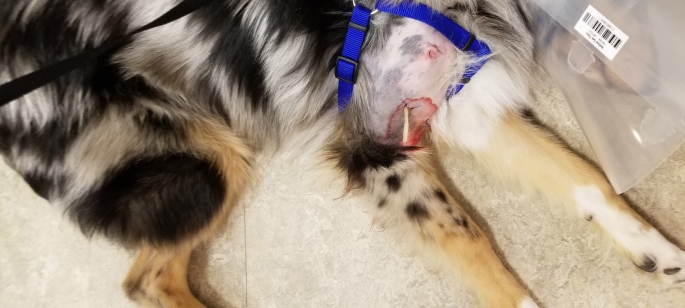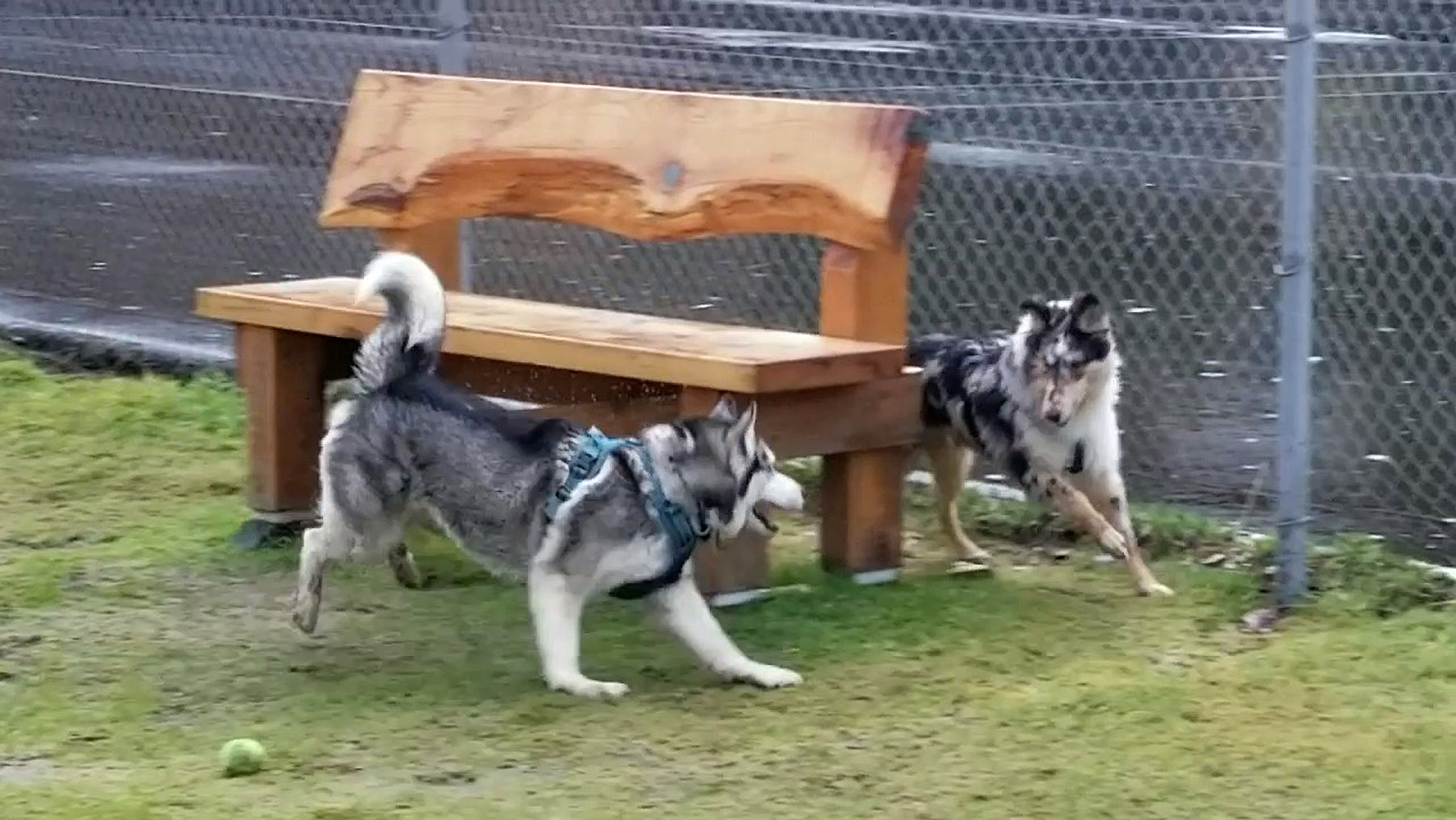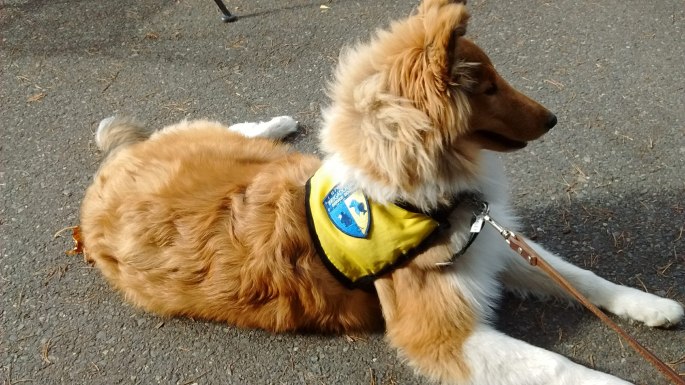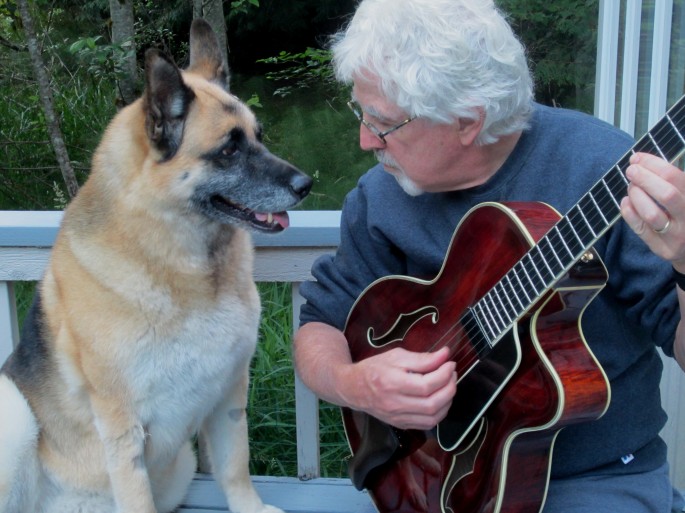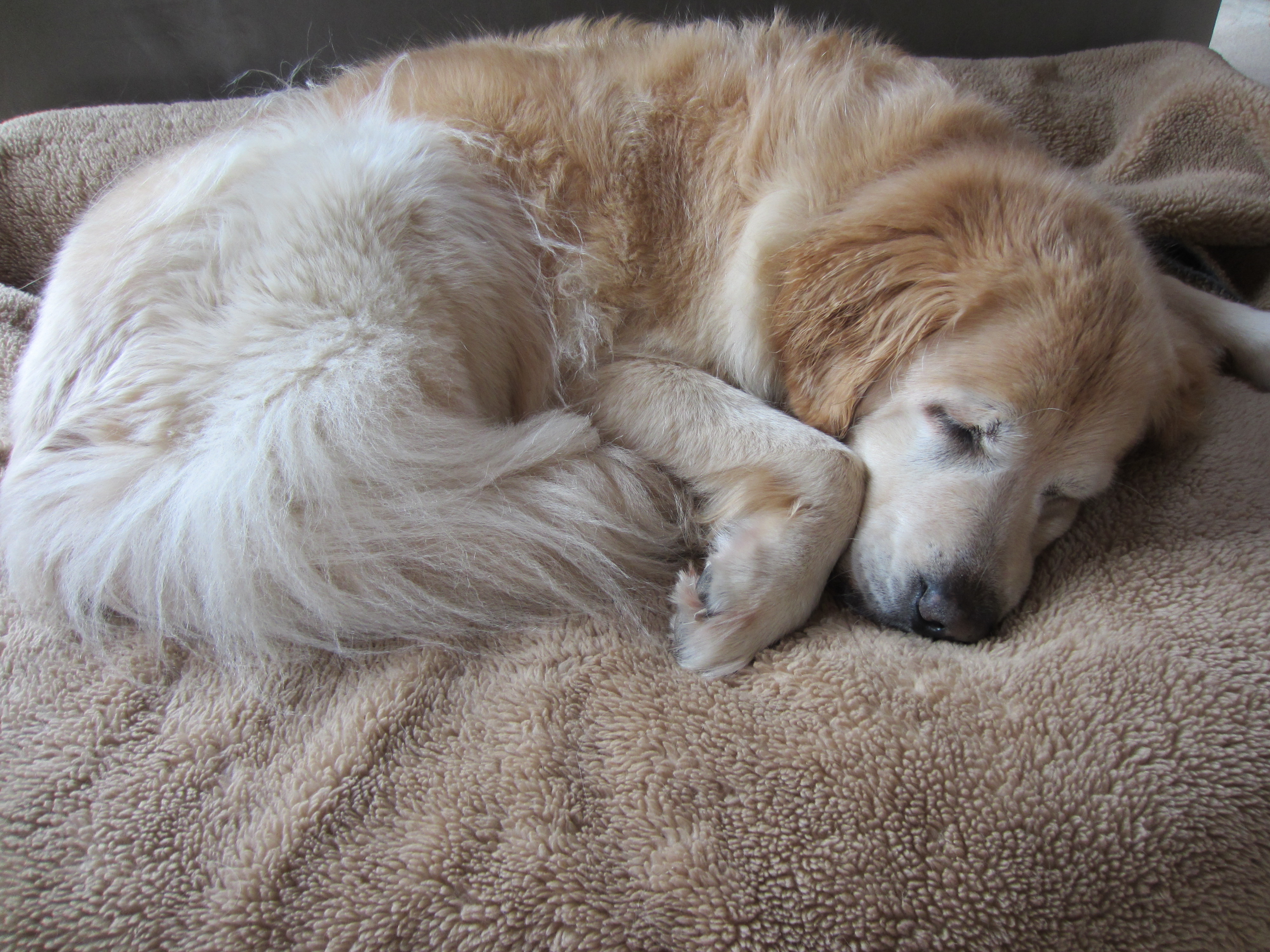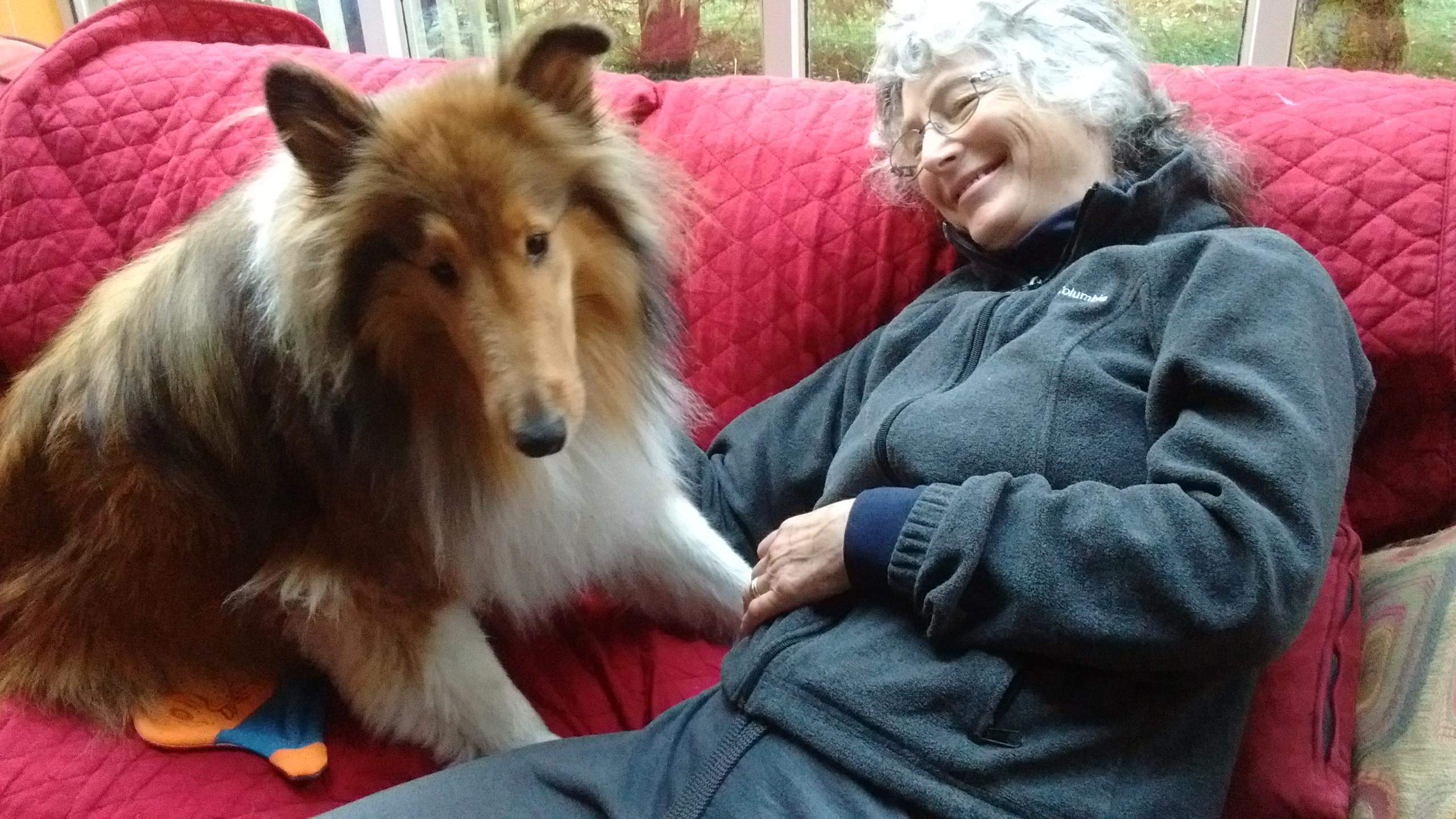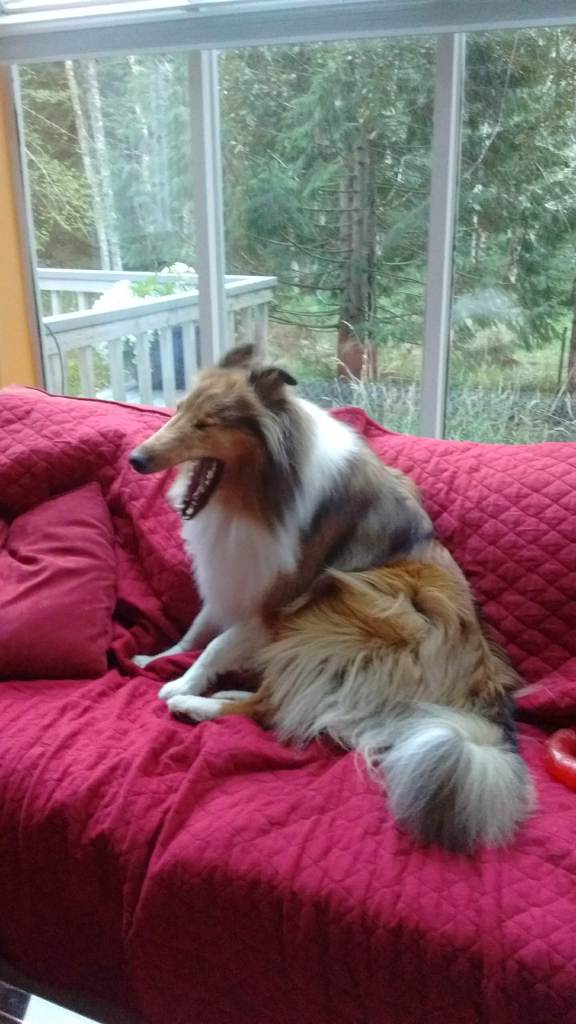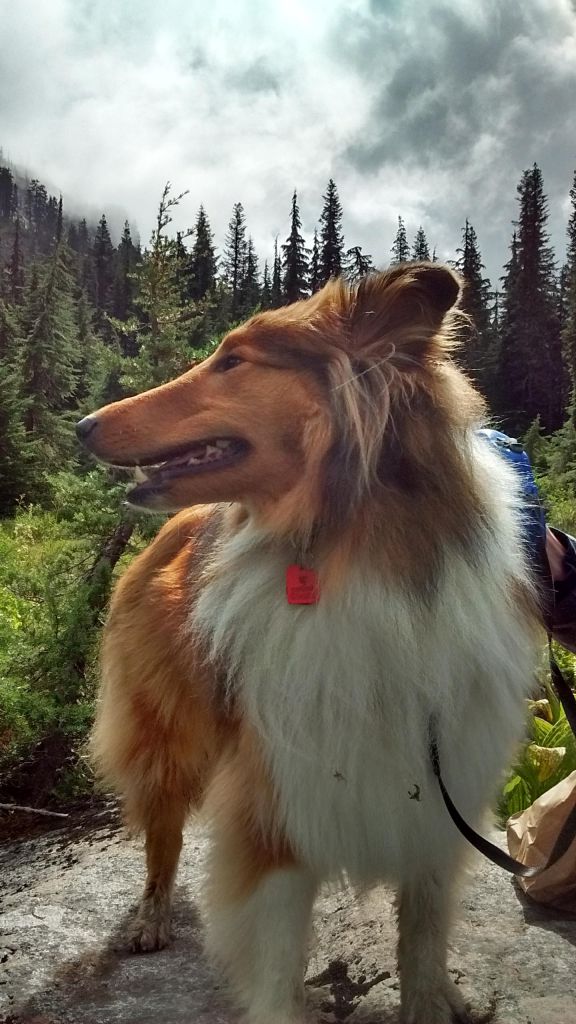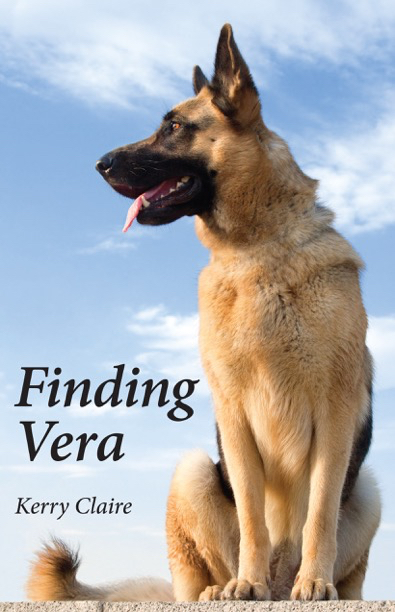Summer is here–in some places with a vengeance! And as much as we love to enjoy outdoor activities with our pets now that we have been delivered from the icy clutches of winter, with the increase in global temperatures and the ensuing unpredictable weather, we should anticipate the possibility of higher temperatures and humidity.

Compared to humans, our dogs are at increased risk of overheating. They don’t sweat except on the pads of their feet and noses, and must cool themselves mainly by panting. Because of their poor cooling systems, they are at risk of dehydration and succumbing to heat stroke, particularly dogs with short muzzles (pugs, boxers, and shih tzus for example), overweight, older, and poorly conditioned dogs. Our dogs must depend on us for their safety, so it is up to us to keep them cool through these risky months.
Signs of heat stroke: According to The Humane Society of the US, the signs of heat stroke are: “heavy panting, glazed eyes, a rapid heartbeat, difficulty breathing, excessive thirst, lethargy, fever, dizziness, lack of coordination, profuse salivation, vomiting, a deep red or purple tongue, seizure and unconsciousness.” Heat stroke can result in organ failure and death.
What to do if your dog gets over-heated: The Humane Society of the US suggests: “Move your pet into the shade or an air-conditioned area. Apply ice packs or cold towels to their head, neck and chest or run cool (not cold) water over them. Let them drink small amounts of cool water or lick ice cubes. Take them directly to a veterinarian.” Even if your dog seems to recover, organ failure can be a complication of heat stroke.
How Do I keep my dog safe?
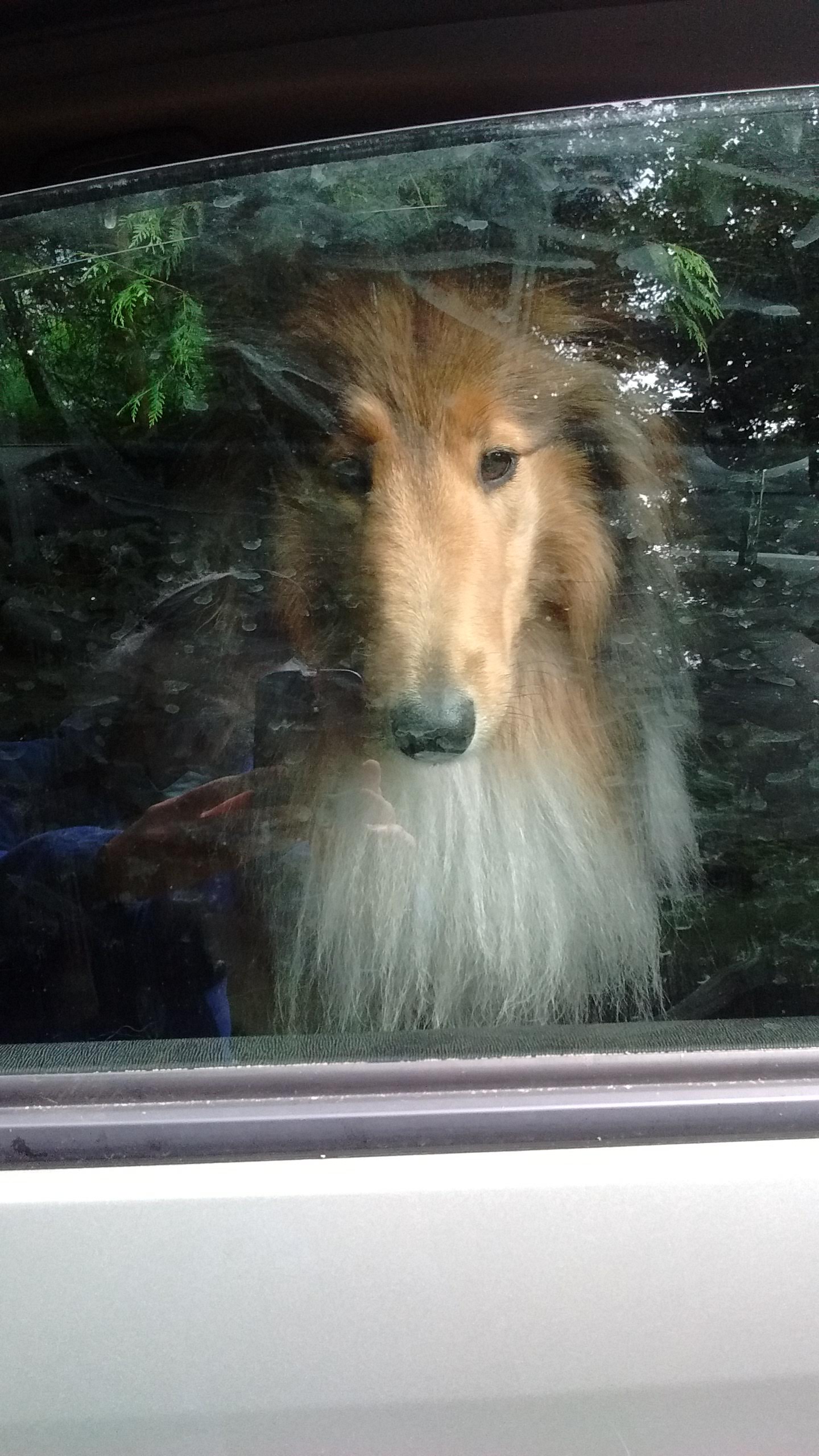
Never leave dogs alone in parked cars…
Parked cars:
- Never leave your dog alone in a parked car–even for a minute. A minute can easily turn into fifteen or third minutes, shade can shift, and car temperatures can soar, even with the windows open. I know this is asking a lot, but even in shade, with the windows open, temperatures can warm quickly. Leaving the windows partially open does not substantially reduce the heat in parked cars.
- Crates will block air circulation even more and trap heat around your dog, and if windows are open wide enough to allow substantial air movement, you risk your dog being stolen–apparently not an uncommon event in some areas.
- Shade blankets: Some people leave their dogs unattended for hours in direct sunlight with a shade blanket over their car. Although the best shade blankets will reduce the temperature inside the car, there is absolutely no guarantee that the interior of the car will remain cool enough for your dog to be safe, leave alone comfortable. So much is dependent on how much shade will pass over the car, the cloud cover, the presence of a breeze, the amount of heat radiating off the surface on which the car is parked, the humidity, and the heat tolerance of your dog.
- Fans are not nearly as effective for dogs as they are for humans.
- Don’t risk it! Remember–dogs age, gain weight, and acquire health problems, all of which will affect their ability to tolerate heat.

What to do if you see a pet in a parked car in the heat?: Check out the HSUS PDF.
Exercise:
- Exercise in the coolest part of the day.
- Consider the humidity as well as the temperature. The more humid it is, the less able your dog is to reduce his temperature through panting.
- Short-muzzled dogs, elderly dogs, overweight dogs and those with medical conditions should be exercised with extreme care in hot temperatures.
- Carry water and a bowl for your dog when going for walks or hikes.
- Avoid hot asphalt–your dog can burn his paws.
- Walks that give your dog access to water for play and swimming are ideal, but remember that creeks dry up in early summer, and not all water is safe for dogs to drink. Giardia is increasingly common.
- Consider boots for your dog when hiking on hot surfaces.
- Consider how low your dog is to the ground. Dogs with short legs will be more at risk for overheating from heat radiating from the earth.
- A warm-weather safety chart put together by Proplan is helpful to gauge how hot is too hot for the activity of small, medium, and large dogs.

Annie cools off in Lake Whatcom. 
Annie and Milo cool off after a big romp together
Muzzles:
- Never use muzzles in the heat unless your dog can pant and drink in the muzzle he is wearing.
- Baskerville muzzles are a comfortable, airy muzzle that will allow your dog to pant, drink and eat treats. We used this type of muzzle with Vera for years.

Long-haired and double-coated dogs:
- Double-coated dogs have protection from the direct sun and intense direct heat because of the structure of their coats. Annie, our rough collie, will sometimes sunbathe on our hot, hot deck. Often we need to chase her inside after a few minutes so she doesn’t overheat.
- It unwise to shave these fluffy dogs. That said, dogs also produce their own heat, and double-coated dogs will retain heat more efficiently than their short-coated cousins. Don’t shave your long-haired or double-coated dogs, but clipping their tummies should allow them to cool down faster once in a cooler environment.
- Regular brushing will not only remove dead hair and undercoat, but will also keep your dog’s coat light and air-filled–therefore a better insulator against the direct environmental heat as well as allowing body heat to escape more easily.
Short haired dogs:
- Black dogs will absorb the heat faster, but white dogs are more susceptible to sunburn.
- There are sunscreens specifically formulated for dogs–their noses and ears are particularly susceptible to sunburn.
- Zinc oxide is toxic for dogs, and can cause severe health problems, so use sunscreens specifically formulated for dogs. Keep exposure to the direct sun to a minimum.
Inside vs Outside:

- Make sure your dog has access to deep shade and fresh water when outside.
- Tarps can provide deep shade.
- Dog houses will heat up, and if in the direct sun, will become hotter than the outside environment. Also, your dog’s body heat will contribute to the heat in the enclosed space.
- Providing a cooling mat, sprinkler or paddle pool can help to keep your dog cool when outside. If it is over 85 degrees, keep him inside with his cooling mat, fans, ice cubes to lick, and water sprinkled on his coat.
- If you have air conditioning, your dog is in luck! Keep him inside with the air conditioning turned on. Provide fans, a cooling mat, fresh, cool water, and have cool tile, hardwood, or linoleum floors available to him.
- If your dog needs to be crated, be sure the crate has plenty of ventilation (wire crates are perfect). If you have open windows, be sure to use screens as some dogs will jump out (Vera did this once when we were out of town).







